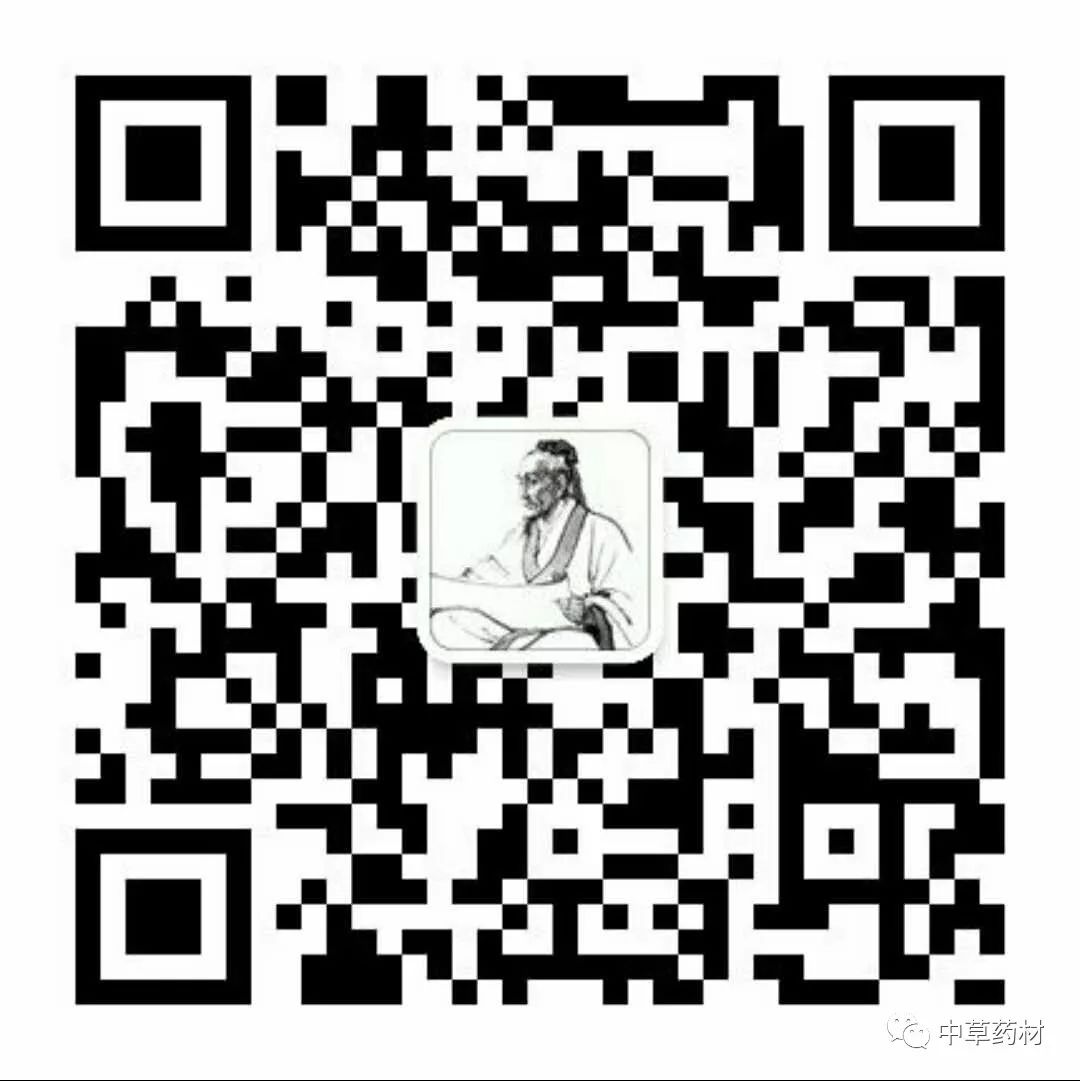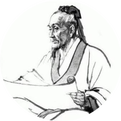IntroductionThe pathways and naming conventions of the twelve meridians reflect their primary distribution areas and the organs they connect. Understanding and flexibly applying this knowledge will help you quickly memorize the distribution of the twelve meridians, guiding acupuncture point selection and treatment in clinical practice.
1Location of the Twelve Meridians
The twelve meridians are symmetrically distributed on both sides of the body, running along the inner or outer sides of the upper or lower limbs. Each meridian corresponds to a specific organ (zang) or viscera (fu). Therefore, the names of the twelve meridians consist of three parts: hand or foot meridian, yin or yang meridian, and zang or fu meridian. For example, the Zǐ Tàiyīn Pèi Jīng (Lung Meridian of the Taiyin). Generally, the meridians of the upper limbs are hand meridians, while those of the lower limbs are foot meridians; yin meridians run along the inner sides of the limbs and correspond to zang, while yang meridians run along the outer sides and correspond to fu.
2Pathways of the Twelve Meridians
The pathways of the three yin meridians of the hand begin at the chest, travel through the pectoral region (inner arm muscles), and extend to the fingertips; the three yang meridians of the hand ascend from the fingertips through the arm to the head and face; the three yang meridians of the foot descend from the head and face, passing through the trunk and lower limbs, ending at the toes; the three yin meridians of the foot ascend from the toes to the chest and abdomen. “The three yin of the hand run from the chest to the hand; the three yang of the hand run from the hand to the head; the three yang of the foot run from the head to the foot; the three yin of the foot run from the foot to the abdomen.” This is a concise summary of the pathways of the twelve meridians.

3Connection Patterns of the Twelve Meridians
Connections between Yin and Yang Meridians:This refers to the junctions between yin and yang meridians in the limbs. For example, the Tàiyīn Pèi Jīng (Lung Meridian of the Taiyin) connects with the Yángmíng Dàcháng Jīng (Large Intestine Meridian of the Yangming) at the tip of the index finger; the Shàoyīn Xīnjīng (Heart Meridian of the Shaoyin) connects with the Tàiyáng Xiǎocháng Jīng (Small Intestine Meridian of the Taiyang) at the little finger; the Juéyīn Xīnbāo Jīng (Pericardium Meridian of the Jueyin) runs from the palm to the tip of the ring finger, connecting with the Shàoyáng Sānjiāo Jīng (Triple Burner Meridian of the Shaoyang); the Yángmíng Wèi Jīng (Stomach Meridian of the Yangming) ascends from the dorsum of the foot to the big toe, connecting with the Tàiyīn Pí Jīng (Spleen Meridian of the Taiyin); the Tàiyáng Pángguāng Jīng (Bladder Meridian of the Taiyang) runs diagonally from the little toe to the sole, connecting with the Shàoyīn Shèn Jīng (Kidney Meridian of the Shaoyin); the Shàoyáng Dǎn Jīng (Gallbladder Meridian of the Shaoyang) branches from the dorsum of the foot to the big toe, connecting with the Juéyīn Gān Jīng (Liver Meridian of the Jueyin).
Connections between Yang Meridians:This refers to the junctions of the same-named hand and foot yang meridians at the head and face. For instance, both the hand and foot Yángmíng Jīng connect at the nose, while both the hand and foot Tàiyáng Jīng connect at the inner canthus of the eye, and both the hand and foot Shàoyáng Jīng connect at the outer canthus of the eye.
Connections between Yin Meridians:This refers to the junctions of yin meridians in the chest and abdomen. For example, the Tàiyīn Jīng (Spleen Meridian of the Taiyin) connects with the Shàoyīn Jīng (Heart Meridian of the Shaoyin) at the heart, the Shàoyīn Jīng connects with the Juéyīn Jīng (Pericardium Meridian of the Jueyin) at the chest, and the Juéyīn Jīng connects with the Tàiyīn Jīng at the lung.
The pathways and connection patterns are closely related. When combined, they form: The three yin of the hand run from the chest to the hand, connecting with the three yang of the hand; the three yang of the hand run from the hand to the head, connecting with the three yang of the foot; the three yang of the foot run from the head to the foot, connecting with the three yin of the foot; the three yin of the foot run from the foot to the abdomen (chest), connecting with the three yin of the hand, forming a pathway of “yin and yang interpenetrating, like a ring without end.” This illustrates the pathways and connection patterns of the twelve meridians.
In summary, the pathways of the twelve meridians associated with the six zang organs (five zang plus the pericardium) are referred to as “yin meridians,” primarily running along the inner sides of the limbs and the chest and abdomen. The inner sides of the upper limbs are the three yin meridians of the hand, running from the chest to the hand; the inner sides of the lower limbs are the three yin meridians of the foot, running from the foot to the abdomen (chest). The meridians associated with the six fu organs are referred to as “yang meridians,” primarily running along the outer sides of the limbs and the head, face, and trunk. The outer sides of the upper limbs are the three yang meridians of the hand, running from the hand to the head; the outer sides of the lower limbs are the three yang meridians of the foot, running from the head to the foot: yang meridians run on the outer side, while yin meridians run on the inner side.
4Distribution Patterns of the Twelve Meridians
The distribution patterns of the twelve meridians in the limbs are as follows:
The yin meridians are distributed on the inner side, while the yang meridians are distributed on the outer side.
The inner side has three yin, and the outer side has three yang, with the order from front to back being Tàiyīn, Yángmíng in the front line; Shàoyīn, Tàiyáng in the back line; and Juéyīn, Shàoyáng in the middle line.
In the head and face, the Yángmíng Jīng runs along the face and forehead; the Tàiyáng Jīng runs along the cheeks, top of the head, and back of the head; the Shàoyáng Jīng runs along the side of the head.
In the trunk, the three yang meridians of the hand run along the scapular region; the three yang meridians of the foot: the Yángmíng Wèi Jīng runs in front (i.e., the chest and abdomen), the Tàiyáng Jīng runs along the back, and the Shàoyáng Jīng runs along the side of the body; the three yin meridians all emerge from the armpits; the three yin meridians of the foot run along the abdominal surface.
The meridians running along the abdominal surface are arranged in the order from the inside out as follows: Shàoyīn Jīng, Yángmíng Jīng, Tàiyīn Jīng, Juéyīn Jīng.


